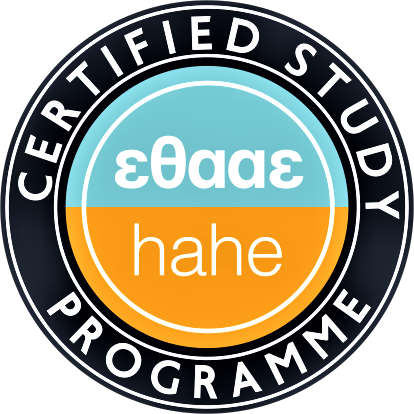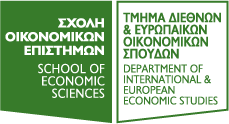Mathematical Economics
NUMBER OF TEACHING UNITS: 6 credits
Objective of the course (expected learning outcomes and skills to be acquired)
Understanding of some basic mathematical tools of economics, with emphasis on maximization, pareto efficiency, and convexity. With the successful completion of the course the students will be able to solve maximization problems, reason about convex sets and (quasi) concave functions, and solve vector maximization problems
PREREQUISITES: There are no formal prerequisites, but it is useful for students to successfully complete Mathematics I and II
CONTENT OF THE COURSE:
- Main problems of optimization. Existence, necessary conditions, sufficient conditions, properties of the solution set.
- The Weierstrass existence theorem
- Fritz John necessary conditions
- Searching for optima
- Arrow-Enthoven sufficient conditions
- Convex sets
- Concave and quasi concave functions.
- Quadratic forms.
- Vector maximization (Pareto efficiency).
- Berge's maximum theorem
- Applications to economics
RECOMMENDED READINGS
- Mathematical methods in economics, Xepapadeas Anastasios
- Giannikos Ioannis, Mathematics of Economics
- Hoy Michael, Livernois John, McKenna Chris, Stengos Thanasis, Mathematics for economists, Simon and Blume
TEACHING METHODS: Lectures, tutorials
EVALUATION METHODS: Written examinations (100%), or written examinations (70%) and exercises (30%)
LANGUAGE: Greek.





 Patision 76
Patision 76 2108203 106 / 2108203 107
2108203 106 / 2108203 107 
